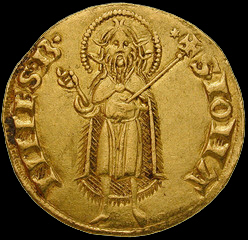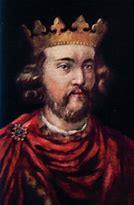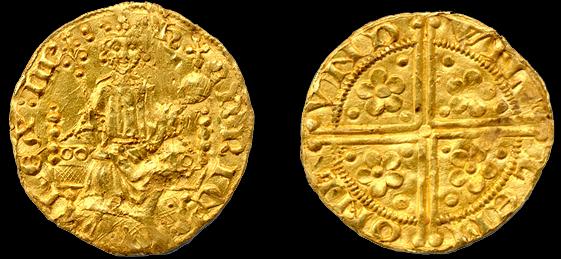








Designed by Nigel G Wilcox






The Paragon Of Metal Detecting
Powered By Sispro1
British Sterling Currency - Numismatics,
Florin
For Reference ONLY
Everything For The Detectorist
Florin

Royal Monarchy
Copyright © All Rights Reserved by Nigel G Wilcox · · E-Mail: ngwilcox100@gmail.com
INFORMATION - DATA
Pages


Rare Gold penny of King Henry III, England c. 1257-58 One of only 8 known coins of this type.
Henry III - 1216-1272 AD
This is the most famous gold coin of the Middle Ages, and may well have been used to pay Michelangelo for his famous statue of David. The Crusades promoted trade with the eastern Mediterranean, which brought enough gold into the flourishing trading city of Florence to enable it to start minting its own gold currency (1252). The obverse bears a lily, the city symbol of Florence, while on the reverse appears St John the Baptist, the patron saint of the city, in which not only trade and the money economy, but also the arts flourished as nowhere else. The name "florin" was also used for the British coin worth two shillings, or one-tenth of a pound, introduced in 1849 as a first step towards decimalisation. It survived, in many re-issues, until the decimal currency was finally introduced, over a hundred and twenty years later, in 1971.
This gold penny of King Henry III (1216-72) marks the first attempt for some six hundred years to reintroduce a regular gold coinage in England, at a time when no other state north of the Alps was issuing such coins. The rarity is due to the short time for which the coins were issued: introduced in 1257, they were probably produced only for a little over a year.
For a long time it was thought that the first English gold coin struck since Anglo Saxon times was the gold florin of Edward III, made in 1344. However, documentation came to light in the 1700’s that in the reign of Henry III a gold penny was struck. This gold penny, made in 1257, was the first English hammered gold coin struck since before the Norman conquest - and came fairly close to being lost forever to the mists of time.
Henry III’s depiction on this coin was a departure from established practice, which had for nearly two centuries confined itself to showing only a bust of the king. This superb depiction of the enthroned monarch is a splendid and ornate presentation of royalty, to match the prestige of the precious metal of the coin. The design seems to have been inspired by earlier coins of Edward the Confessor (1042-66), founder of Westminster Abbey (on which Henry lavished much attention) and an idealized type of king whom Henry was keen to be seen emulating.
This is the most famous gold coin of the Middle Ages, and may well have been used to pay Michelangelo for his famous statue of David. The Crusades promoted trade with the eastern Mediterranean, which brought enough gold into the flourishing trading city of Florence to enable it to start minting its own gold currency (1252). The obverse bears a lily, the city symbol of Florence, while on the reverse appears St John the Baptist, the patron saint of the city, in which not only trade and the money economy, but also the arts flourished as nowhere else. The name "florin" was also used for the British coin worth two shillings, or one-tenth of a pound, introduced in 1849 as a first step towards decimalisation. It survived, in many re-issues, until the decimal currency was finally introduced, over a hundred and twenty years later, in 1971.
This gold penny of King Henry III (1216-72) marks the first attempt for some six hundred years to reintroduce a regular gold coinage in England, at a time when no other state north of the Alps was issuing such coins. The rarity is due to the short time for which the coins were issued: introduced in 1257, they were probably produced only for a little over a year.
For a long time it was thought that the first English gold coin struck since Anglo Saxon times was the gold florin of Edward III, made in 1344. However, documentation came to light in the 1700’s that in the reign of Henry III a gold penny was struck. This gold penny, made in 1257, was the first English hammered gold coin struck since before the Norman conquest - and came fairly close to being lost forever to the mists of time.
Henry III’s depiction on this coin was a departure from established practice, which had for nearly two centuries confined itself to showing only a bust of the king. This superb depiction of the enthroned monarch is a splendid and ornate presentation of royalty, to match the prestige of the precious metal of the coin. The design seems to have been inspired by earlier coins of Edward the Confessor (1042-66), founder of Westminster Abbey (on which Henry lavished much attention) and an idealized type of king whom Henry was keen to be seen emulating.
Henry III
We do NOT buy or sell coins
Main Coin Menu

VIEW ALL MENUS
Member NCMD
6. S. Menu
























